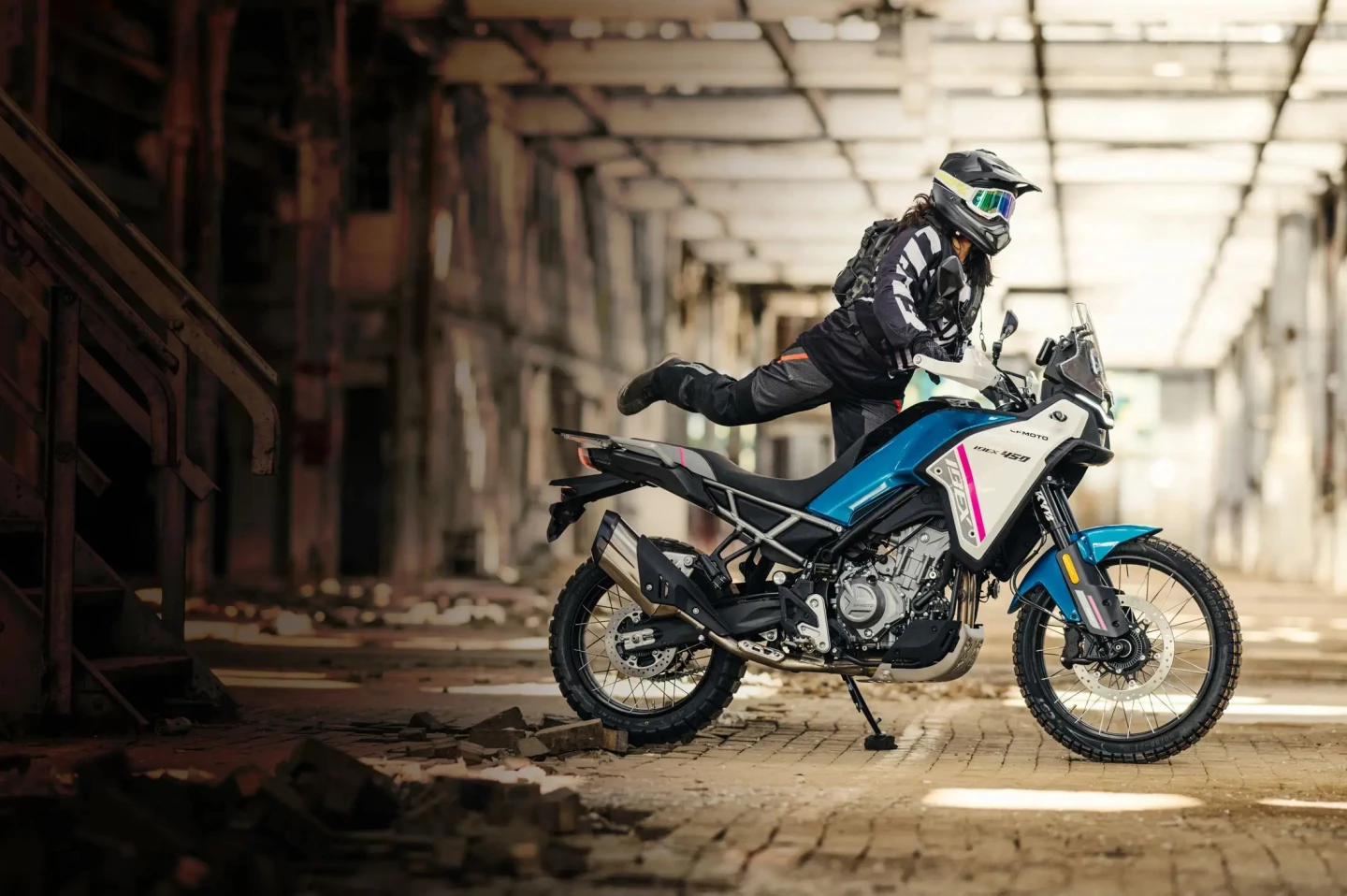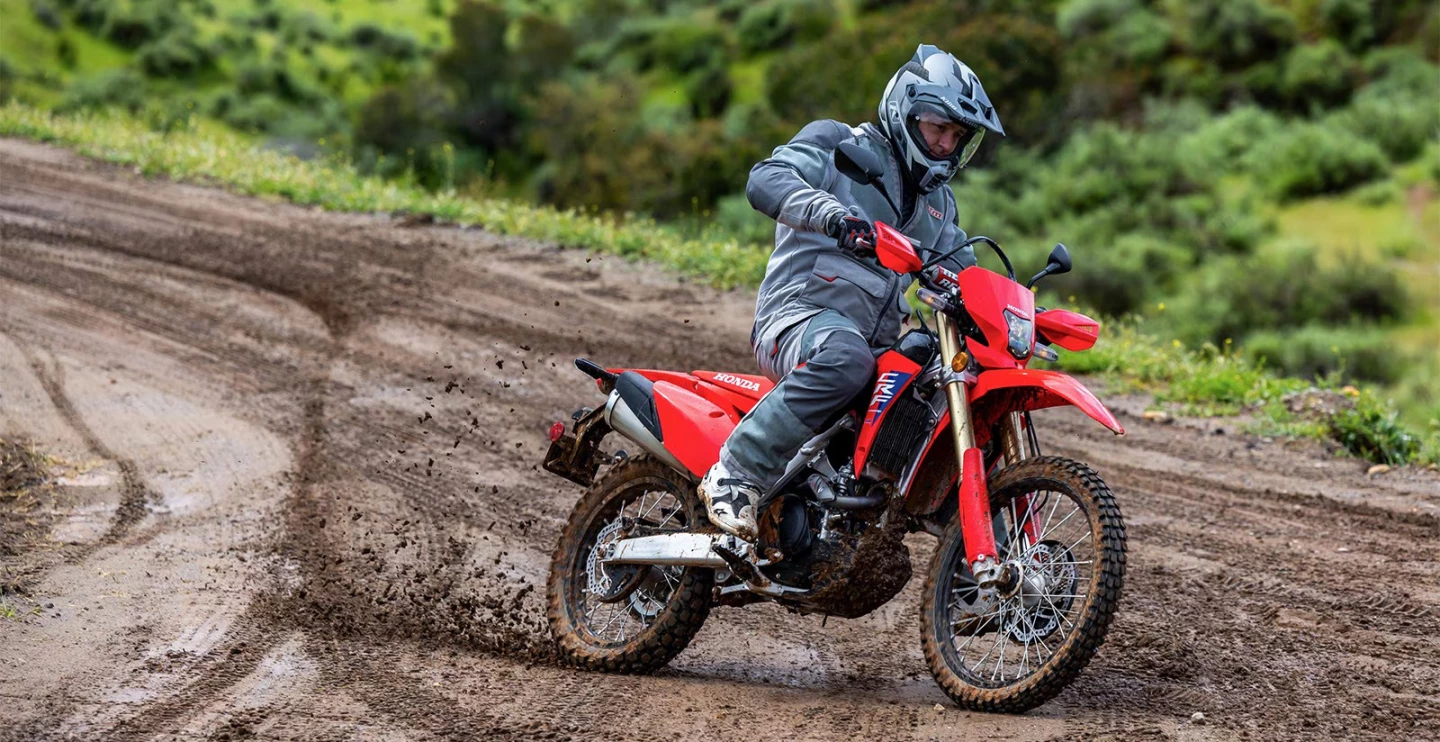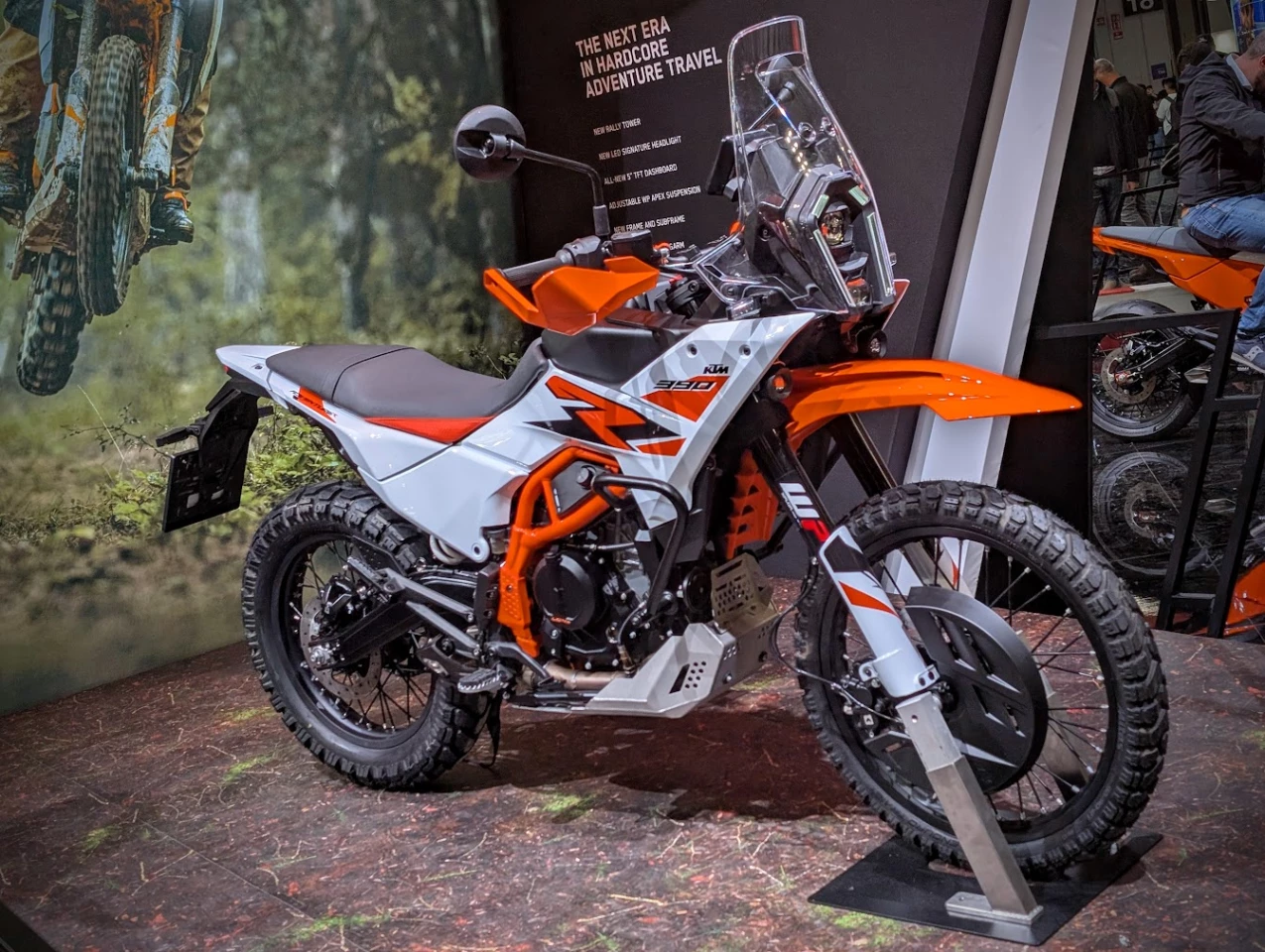"Go big or go home" was the motto of the ADV motorcycle industry for decades. But for a while now, a small-bore revolution has been gaining pace. The sub-500cc ADV class is now bristling with options, pointing to the next big automotive revolution.
There are somewhere around 15 high-quality options to choose from in the smaller-capacity adventure class nowadays, and they make a lot of sense. There are good reasons to keep things smaller when you’re looking for an adventure bike.
Before we look at a few of the options currently on offer in the US in this segment, let’s examine some of the reasons why small-bore ADVs are becoming such a big hit – starting with the most obvious: affordability.
Small-bore adventure motorcycles are considerably less expensive than bigger ones, all else being equal. For instance, you can pick up a CFMoto Ibex 450 for an MSRP of US$6,499, or the same manufacturer's Ibex 800 E, which starts at US$10,299. That's enough to make the difference between owning a new motorcycle and completely giving up on the idea for many people.
Then there are the running costs. Every bike needs gas; a large ADV requires much more fuel than a small-bore bike. A perfect example is the KTM 390 Adventure, which gets just under 70 miles per gallon (3.37 l/100lm), as opposed to the KTM 1290 Adventure, which gets just 41.3 mpg (5.7 l/100 km), burning nearly twice the fuel, according to Ultimate Specs.
Then there are the tires; since a smaller bike is lighter and less powerful, you can use cheaper tires and still get plenty of grip and mileage out of them. That might add up to a couple of hundred every change. In addition, there are add-ons like insurance, servicing, repairs, spare parts and tune-ups – all of which tend to be less expensive on a small-bore.

Another factor in the ascendance of these machines is the balance between performance and reliability. While a sub-500cc bike might lack the easy, under-stressed, highway mile-munching power of a larger engine, this is less of an issue than ever before in the 2020s. Modern liquid-cooled engine designs have far tighter tolerances, run at higher efficiency, and last longer thanks to enhanced engineering, advanced alloys and better heat management.
Additionally, manufacturers are cramming a lot more electronics into small bikes. EFI comes standard on nearly all motorcycles, allowing dynamic adjustment of fueling for all terrains and altitudes, so these smaller motors can constantly be tuned for highway efficiency or off-road responsiveness.
And there are the rider aids. Things like switchable ABS, traction control, and even quickshifters – that were exclusive to high-end bikes just a few years ago – are becoming the rule rather than the exception in the small-bore class as they become cheaper.

Then, there’s the case for overall rideability. Small-bore bikes are lighter, considerably easier to control, easier to get a foot down, and less difficult to stop than full-sized bikes. And when you fall over – and you will fall over if you're having a proper go out in the woods – a 450 is a lot easier to deadlift out of a sloshy mud puddle than a 550-pound, 1250cc monster... Especially for the 10th time that afternoon.
Power delivery is also typically far more predictable on sub-500cc adventure bikes. This is especially vital for those starting out, but even seasoned riders can enjoy a more laid-back throttle response, particularly if they're transitioning from street riding to off-road riding.
The fact that the likes of Royal Enfield and CFMoto offer seat height adjustability in this segment is a cherry on top.

But most importantly, small, lightweight adventure bikes are simply a barrel of monkeys. Going small encourages you to break the rules, in a way. Even when you're riding hard, you're less tense, since you don't have to worry about the weight and bulk of a bigger machine. At lower speeds, with less mass flying around, you'll take more chances, and have more fun. If something does go wrong, there will typically be less damage to both you and your bike.
So... Which bike? There are plenty to choose from; among others, KTM, Honda, Kawasaki, Royal Enfield, Suzuki, Chinese-bred Benelli and CFMoto all offer bikes in this category.
Two of my personal favorites in this class would be the second-gen Royal Enfield Himalayan 450, and CFMoto's Ibex 450. Both these motorcycles are packed with modern tech, offer reliable platforms, and look the part, all while offering great value for money – particularly the Himalayan.

Then, there are the likes of BMW, with its lightweight and super-affordable G 310 GS, the ever-reliable Kawasaki Versys-X 300, the mile-munching twin-cylinder Honda NX500, and the upcoming, Aprilia Tuareg 457, which has been spotted in pre-release testing.
And of course, the hugely popular 390 Adventure out of Austria – KTM teased an updated 390 last week at EICMA that's bound to offer terrific performance and refinement for those willing to spend a little extra.
Let's not forget the machines that sit on the border of the ADV and dual-sport bike categories... The Honda CRF 450RL, Suzuki DRZ400, Kawasaki KLX230, and Yamaha WR250R are all capable go-anywhere bikes that might not be set up for luggage and long mileage out of the box, but can certainly be brought up to spec with the help of aftermarket gear – and they often cost and weigh less than out-and-out adventure bikes.
There's never been a better time to be a small-displacement adventure motorcycle enthusiast – the industry is responding to the energy in this segment with some terrific new machines. In a time when profits of stalwarts like Harley-Davidson and KTM parent company Perier Mobility are dwindling, manufacturers need to be nimble and responsive to stay with the times.
Sources: CFMoto, Royal Enfield, Honda, Suzuki, KTM










